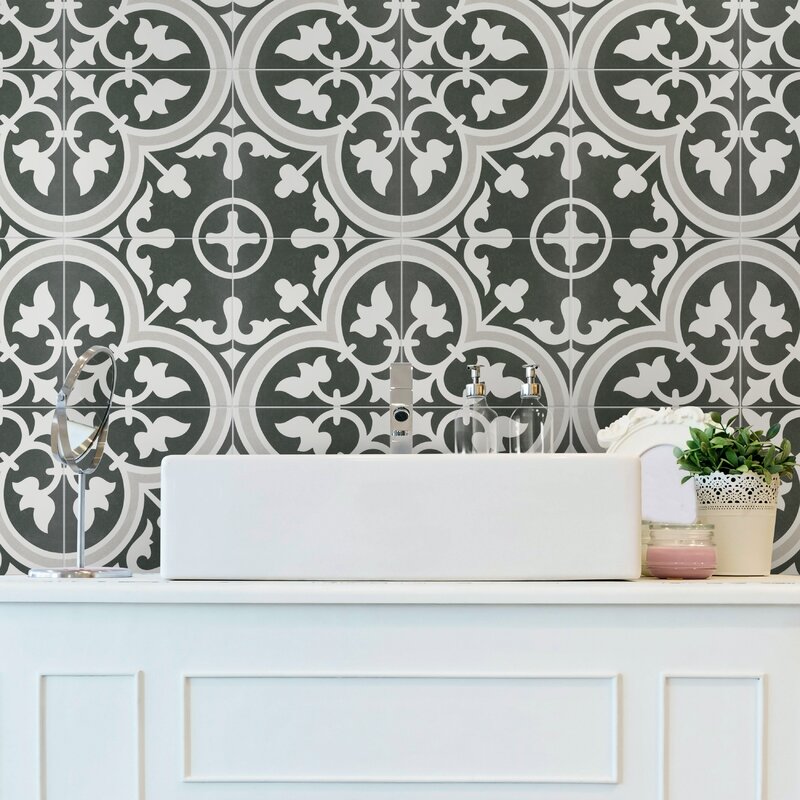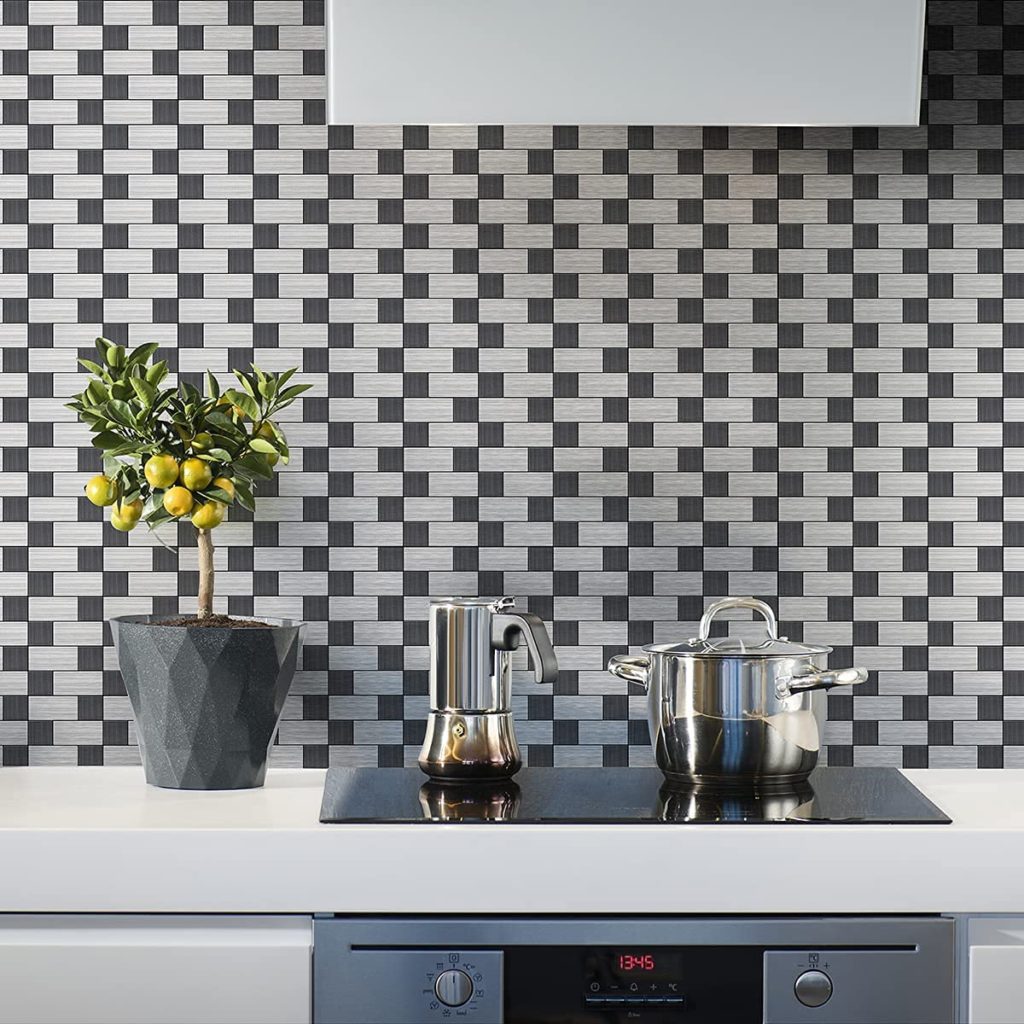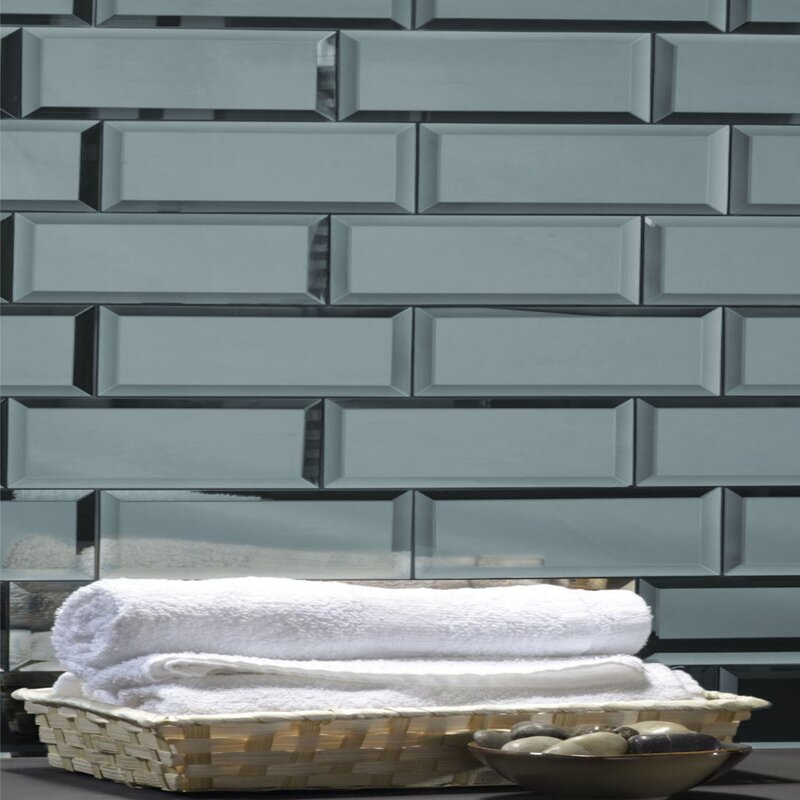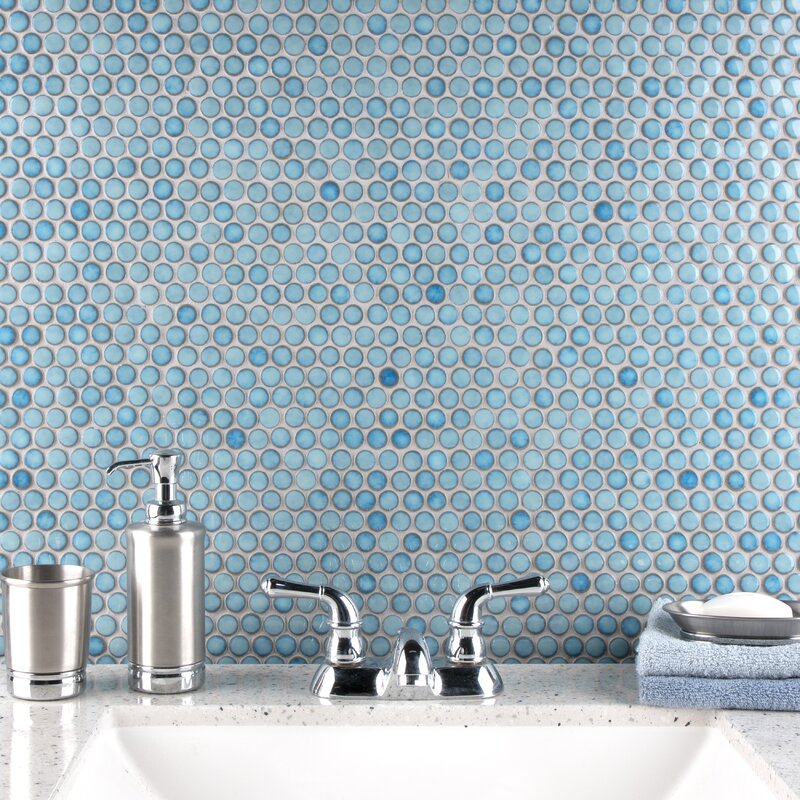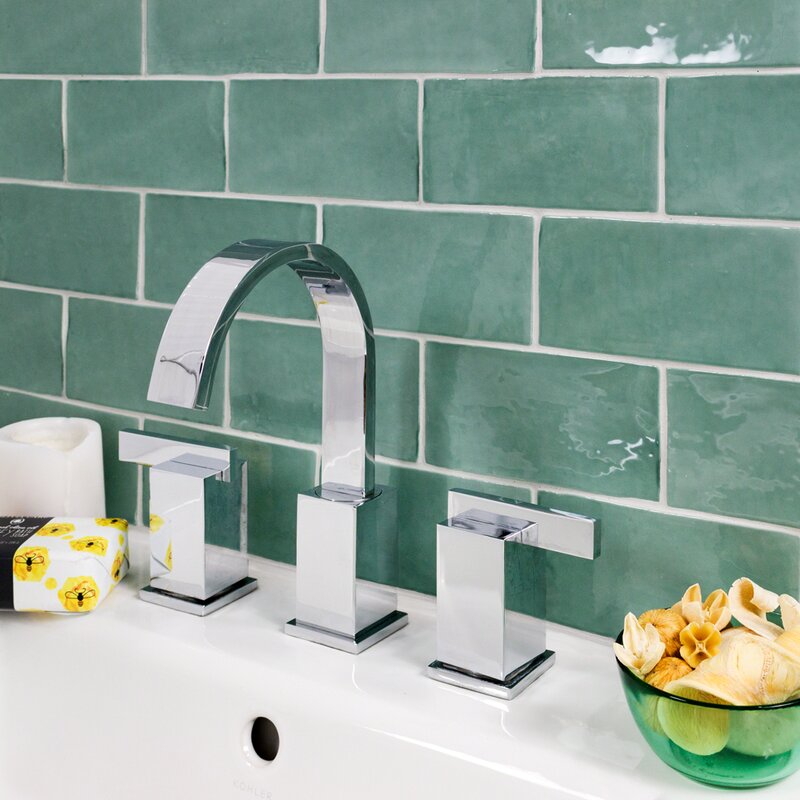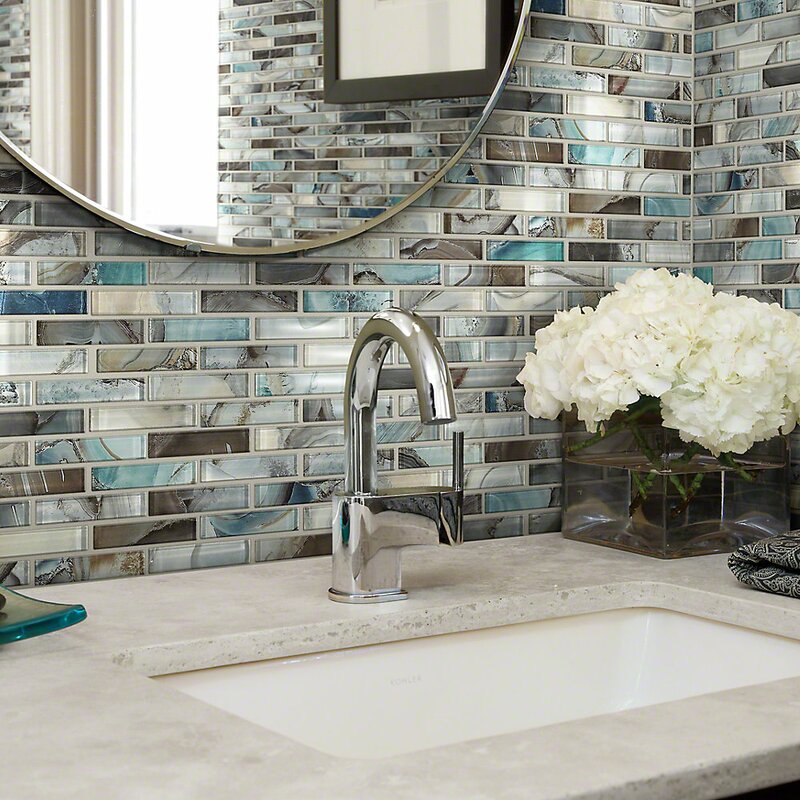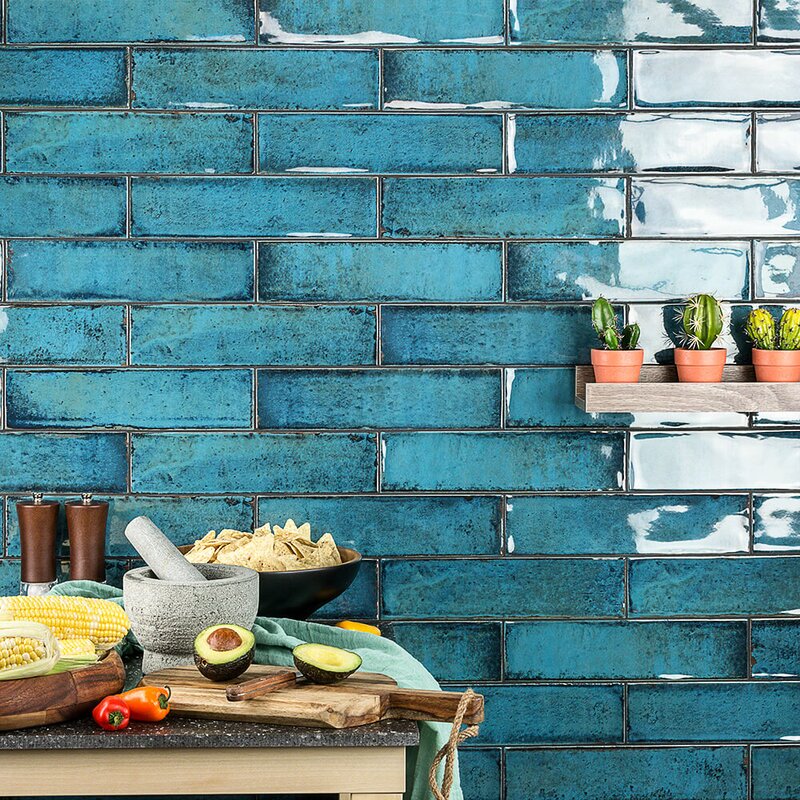
When shopping for ceramic tile you’ll often see it classified as, “non-vitreous.” Most consumers who are new to tile, actually have no idea what this means. So what is non-vitreous tile? Here’s what you’ll need to know.
One of the ways that ceramic tiles are classified is by how much water they absorb. The absorption is measured as a percentage. Depending on the percentage the tiles have, are classified as either non-vitreous, semi-vitreous, vitreous, or impervious.
What is Non-Vitreous Tile?
Different from the ceramic tile of other classifications, non-vitreous tile is considered to be a very soft-bodied tile. It is also highly porous which means that it absorbs a lot of water. In fact, it will absorb around 7% of its weight in water or more. This is due to the fact that air pockets make up around 7% of the body of the tile also known as the bisque. And the amount of water a tile will absorb depends on how many air pockets it has.
How Non-Vitreous Tile Is Made
All ceramic tile is fired in a kiln when it is manufactured. However, non-vitreous tile is fired at lower temperatures and for a shorter period of time when compared to other ceramic options. (This is why they are softer and more absorbent.) In fact, it’s usually fired at about 2,100 degrees Fahrenheit and for around twenty-one hours. Because non-vitreous ceramic tile costs manufacturers less to produce, it’s usually cheaper to purchase than vitreous tile.
Where Non-Vitreous Tile Is Used
The fact that it is so water absorbent means you shouldn’t install non-vitreous tile in showers and other wet areas. If you do, there’s a chance that the tile body won’t be able to thoroughly dry out and become a breeding ground for bacteria. Non-vitreous tile therefore shouldn’t be used outdoors either, since it will be exposed to rain, moisture, and snow. It is not freeze/thaw stable.
So when used as outdoor tile in colder climates, the water that has been absorbed into the body of the tile will expand as it freezes and this may cause cracking. It should be installed only in dry areas such as walls and fireplaces for example. Non-vitreous tile is also commonly used for crafts and hobbies as well.
Installation
When installing non-vitreous tile you’ll want to adjust your methods a bit to account for its high water-absorption rate. So be sure to set your tile right after your spread your tile adhesive. You should also mist any unglazed areas of the tile with water before you grout. This will help to prevent the body of the tile from absorbing the water from the grout resulting in it curing too fast.
Start Shopping for Non-Vitreous Tile!
Wall Tiles: Your Complete Guide
Buy on Wayfair Thin and lightweight, wall tiles are most often found in 4” x 4” with the largest being 6” x 6” in size and shouldn’t be more than ¼” thick. Because wall tiles don’t have to perform the same tough functions as floor tiles they can be made from a wider...
Echo Your Appliances With Sleek And Elegant Stainless Steel Backsplash Tiles
Buy on Amazon A tile backsplash although not very large in size, is an area that if used properly can have a huge impact on a room. While a backsplash does need to function as a protective barrier between your wall and the liquids, heat, and moisture typically found...
Mirror Tiles: Create Light And Space In Your Home
Buy on Wayfair Mirrors nowadays are about much more than admiring yourself. If you wish to give your home a fresh and distinctive look, mirror tiles are a perfect choice for your next home remodeling project. Their creative use can add charm and style to any room or...
Penny Tile 101: Everything You Need To Know About This Little Known Favorite!
Buy on Wayfair Penny tiles, as their name suggests, are round and penny-sized. Also known as penny rounds, these tiles have been available for decades, but their use has been so limited that many people are now encountering them for the first time. Today, the style is...
Tile Patterns: The Ultimate Quick Read Beginner’s Guide, Including Secrets of Tile Professionals Revealed!
Buy on Wayfair Tile patterns can dramatically enhance the look and feel of any space. They each offer something truly different. Yet many only work in certain places and for a specific purpose. So you’ll need to know the basics of each if you want to get outstanding...
2 Exciting,Unique,Yet Inexpensive Mexican Tile Backsplash Ideas!
Buy on Amazon A simple tile backsplash can change the way an entire room is viewed. It can not only serve to bring out and accentuate the existing colors in a room but it can be used as the focal point of the entire room as well, drawing and focusing the attention of...
Backsplash Tiles: A 5 Minute Crash Course
Buy on Wayfair Choosing the correct backsplash tiles can help accentuate the design of your kitchen or bathroom, create an interesting focal point, add color, or even bring the room together. While their original function was to protect the vulnerable walls behind...
